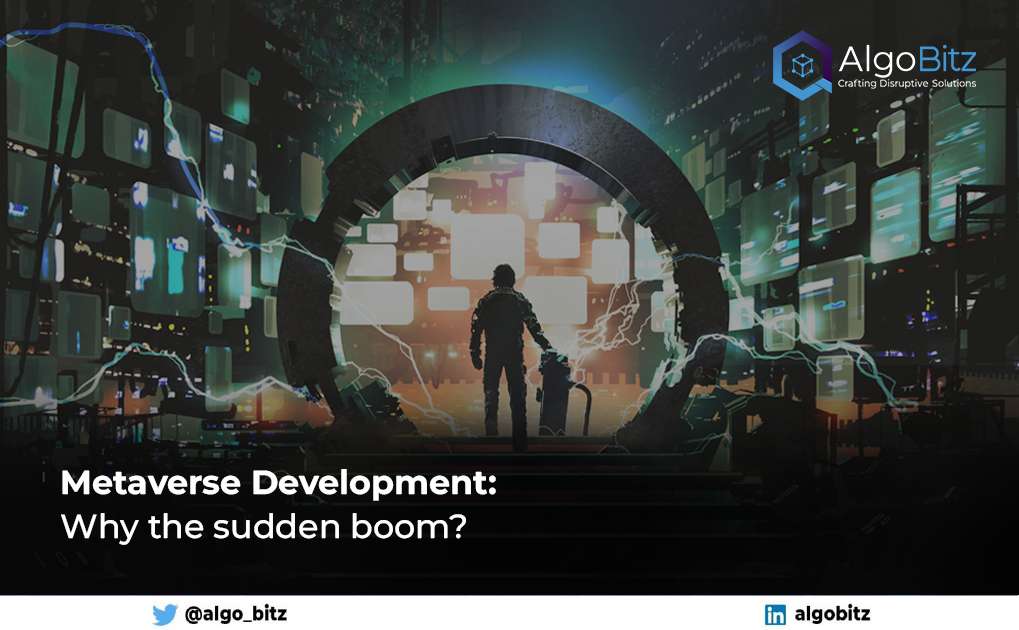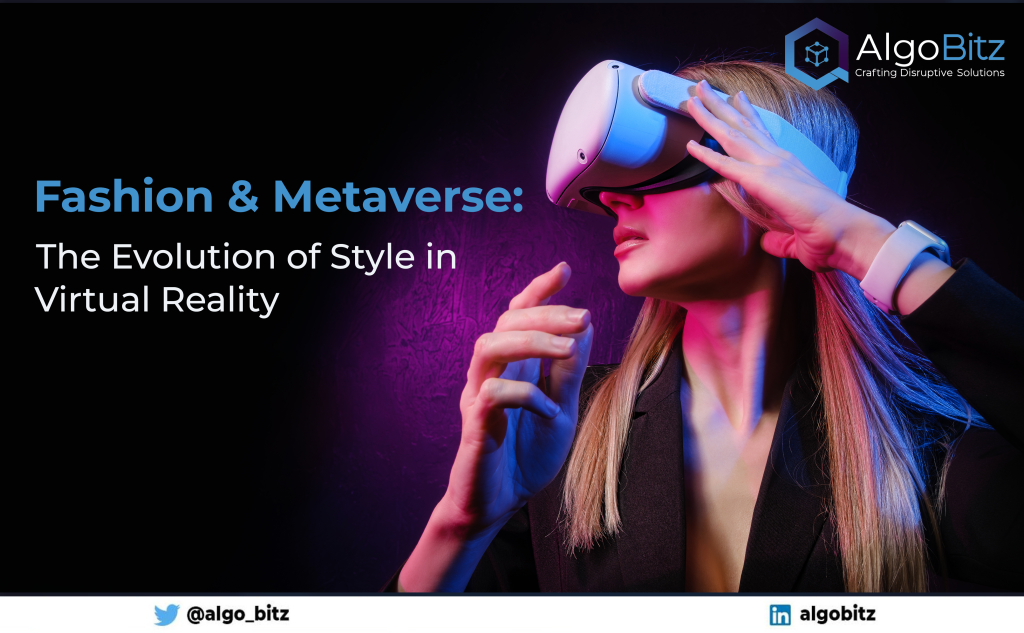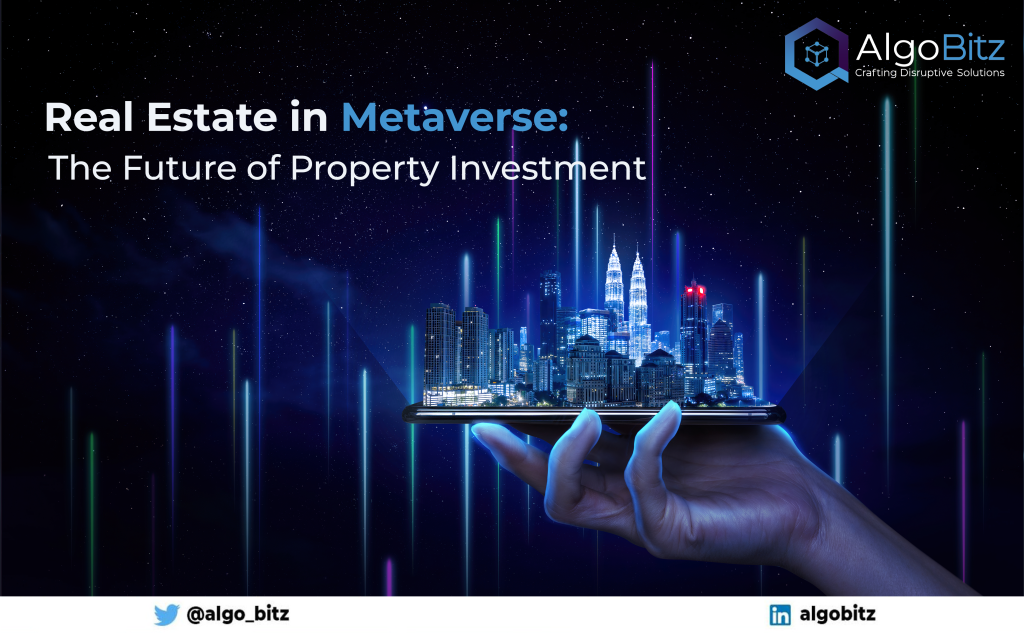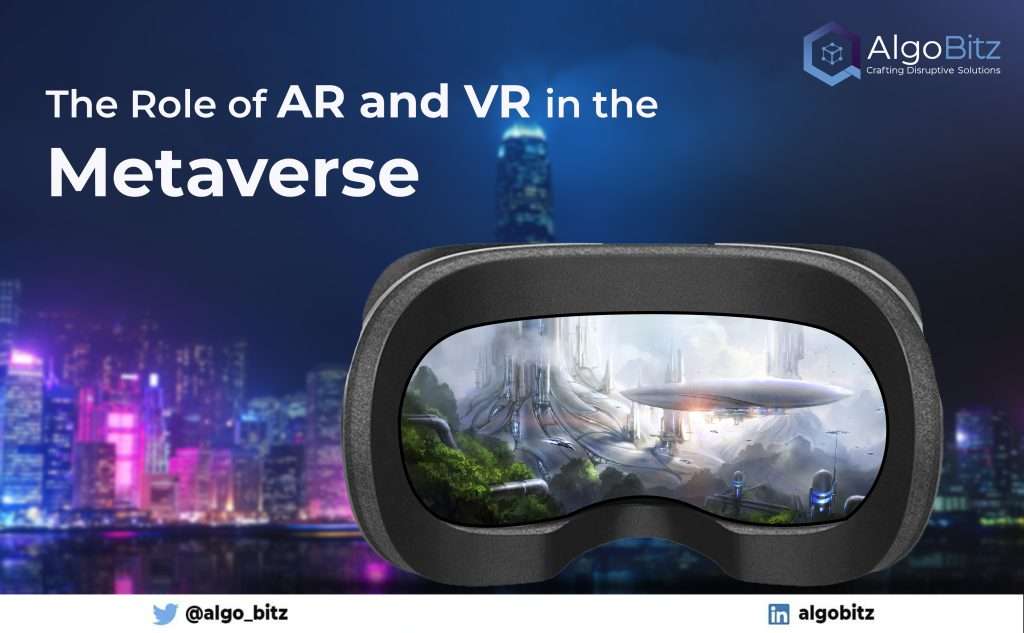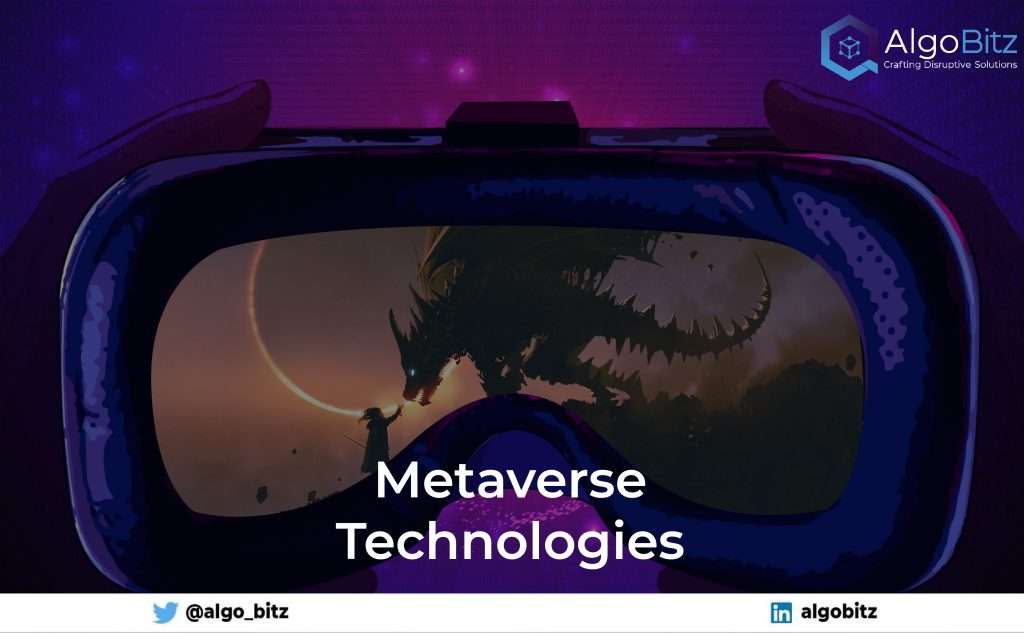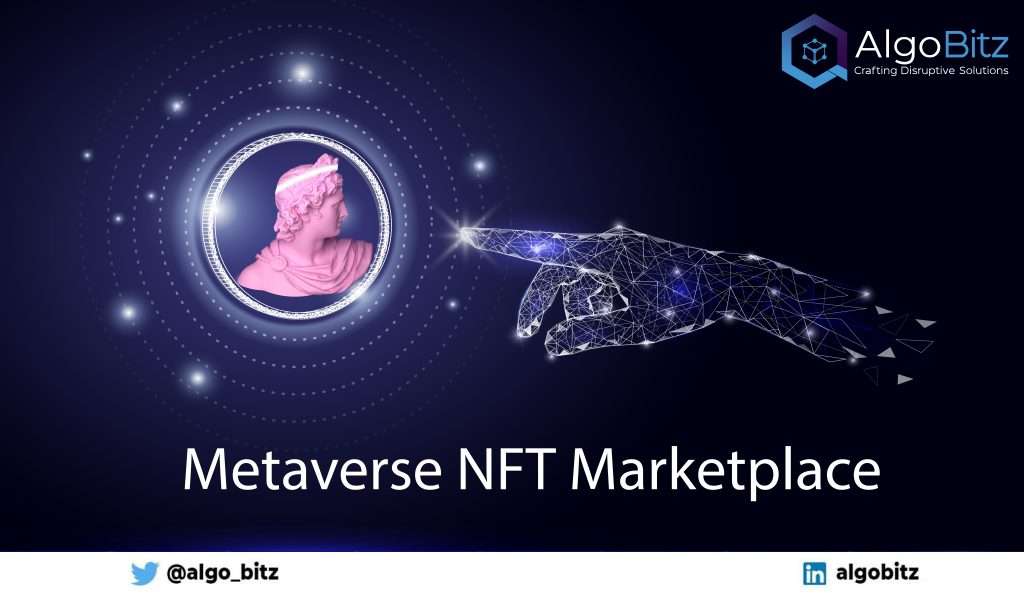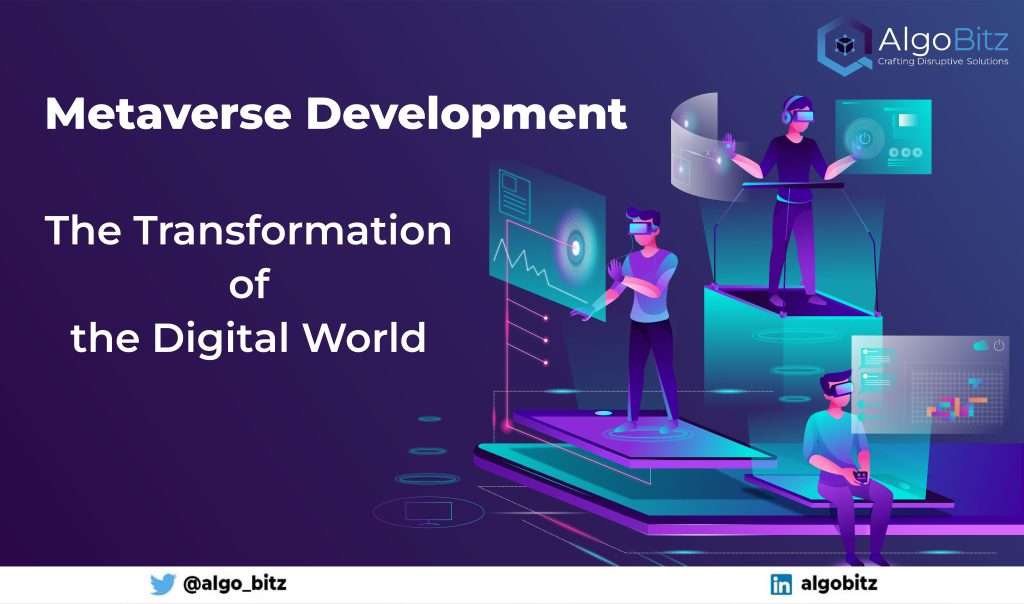The Metaverse is an immersive & shared 3D virtual world where people interact as avatars with each other. Many global enterprises have identified the untapped potential in the metaverse and have started their efforts towards metaverse development and monetizing the vast opportunities. This resonant transition proved to be a turning point. These companies grew massively by generating quick profits. Now, they are expanding their horizons in metaverse development intending to conceive the anticipated future, which will be an integral part of the Metaverse Market Size. Intriguing, isn’t it? Let’s analyze the facts and figures to know why there has been a sudden boom in the domain of metaverse development.
Market Size Valuation in Metaverse Development
In June 2022, McKinsey & Company released an exhaustive market analysis report, called Value creation in the Metaverse, which predicts the Metaverse Market Size to be $5 trillion by 2030. This forecast is, undoubtedly, a rather bold figure. Understanding how the Metaverse is composed will help us better understand how prominent entities arrived at such a strong market size valuation for the Metaverse and which industries and technologies are propelling its expansion.
The Credible Steps in Metaverse Development
One of the most aggressively advancing organizations in the domain of metaverse development is Meta (formerly known as Facebook). To accelerate the metaverse development along with AR/VR technologies, the team established Facebook’s Reality Labs in 2014 after acquiring virtual reality company Oculus VR for $2 billion.
Meta is not the only tech giant that made its move. The prospect of the metaverse to unite AR/VR/XR, e-commerce & online shopping, wearables, AI, cryptocurrency, and NFTs, among others, to pile up revenue is now revealed globally. So, Meta might be the most well-known example, but others have also hopped on board.
In response to the negative impacts of isolation that Microsoft employees experienced during the COVID-19 outbreak, Microsoft came up with a route into metaverse technology. They introduced their ‘Mesh for Microsoft Teams’, which will be completely operational soon. Mesh is a mixed-reality interface that allows people to interact, besides attending meetings and social events in virtual realities.
Nvidia, a renowned microchip manufacturer and tech giant, is another organization that is actively participating in metaverse development. Nvidia chips are globally used to play immersive video games with lifelike virtual worlds. Nvidia’s emphasis on the usage of high-performance GPUs to access and run the metaverse is a fine example of the indirect circulation of a utility. Nvidia now generates annual revenue of around $2 billion. That is a 61% increase in a year, concurrent with the boom in metaverse development.
Metaverse Market Forecasts
Various market experts have estimated the size of the Metaverse Market over the next decade. The metaverse market includes a variety of virtual and augmented experiences, such as online gaming, workspaces, social networking, and so on. But the metaverse market is much wider in scope with integrated applications of many advanced technologies like 5G, blockchain, and artificial intelligence.
The market research and subsequent projections concur that the metaverse market will be substantial in the next 10 years. However, the real market magnitude varies a lot and circumscribes the range from US$700 billion to US$12 trillion. Many organizations assess and anticipate the Metaverse Market Size based on assumptions and projections about metaverse development and the revenue it could generate.
On one hand, these market size assessments are used by businesses to capitalize on opportunities in their current market. On the other hand, the research is also used by startups to analyze market entry opportunities and explain investments in a strongly uncertain and volatile venture. It is not just an idea in thin air. Various developers, investors, and other newcomers in the metaverse market actually benefitted from this data. Most of them were able to tap into the hidden opportunities present in the metaverse development.
Concluding Thoughts
Evidently, projections such as the Metaverse market size of trillions of dollars by Citi, JP Morgan, McKinsey, etc. are fascinating stories that captivate the audience. Metaverse as reality is still in its embryonic phase. Many developing technologies like blockchain, AI, 5G & communication, XR (extended reality), metaverse cloud computing, etc. are providing fuel to the growth of metaverse like never before. Most of the blooming verticals in the metaverse space like gaming, e-commerce, GPUs, mining chips, social networking, entertainment, etc. are further accelerating the process of metaverse development.
As their scales expand, these technologies and verticals will mature to the next level. Their application scenarios in metaverse development will drastically increase too. And this will be the reason those market size figures predicted by the global giants will easily be attained, if not exceeded. If you are looking to develop your next project in Metaverse, get in touch with Algobitz & bring your metaverse dream to reality. Click here to grasp our Metaverse capabilities.
